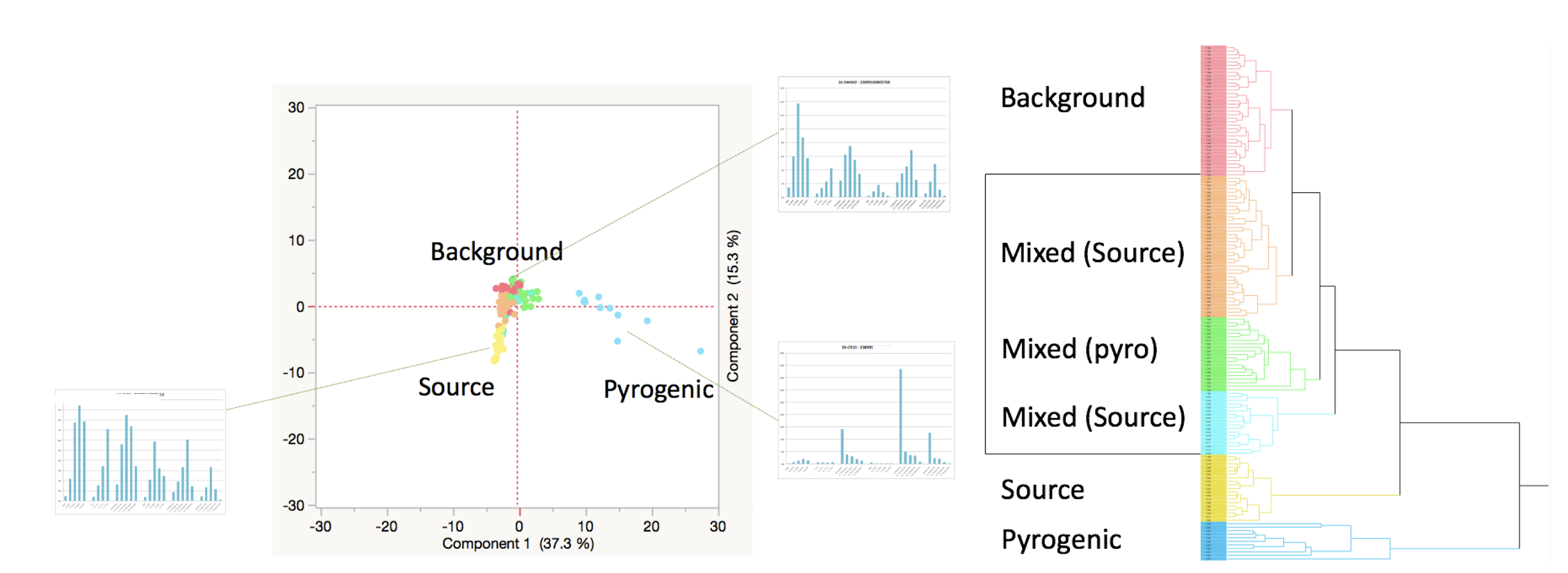Environmental forensics investigations sometimes require the determination of which contaminants came from where and how much is from each of the sources present on the site. This is called source apportionment and is a rapidly growing field in environmental litigation and environmental forensics. It is a field involving environmental chemistry, chemical fingerprinting, statistics and statistical models. So, it is inherently complex and exceedingly hard to communicate effectively.
That is why Chemistry Matters Inc. worked with Statvis Analytics Inc. to develop the first web based interactive receptor model that allows the data to be explored geospatially and statistically and can also complete source apportionment calculations and source allocation using different receptor models. These models include non-negative matrix factorization (NMF), alternating least squares (ALS) and Unmix currently and the list of potential models will continue to grow and develop.
In our experience, the back and forth manner in which litigation cases move with expert reports from one side and then the other which are followed by rebuttal report after rebuttal report can be time consuming and the messages lost in hundreds of pages of reports. This solution was developed for the purpose of communicating the results and allowing interactivity with the data in real time. If there is a question about a sample, that sample can be pulled up instantly and the data from the site and the models can be presented.
These receptor models have been applied to a variety of scenarios and sites as well as different contaminant classes. The scenarios include unmixing condensate spills near tank farms, dioxin fingerprinting on superfund sites, PCB fingerprinting on contaminated sites, PAH fingerprinting for tracking oil spills in rivers and PAH fingerprinting from passive samples and active high volume air samplers to name a few.
If you are interested in untangling how much contamination is coming from different sources on your contaminated site, give us a call to see how source apportionment and receptor modelling can help.


-1.png?width=859&name=Sample%20%231%20(2)-1.png)
.jpg?width=859&name=Archery%20photo%20(3).jpg)